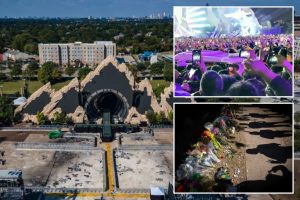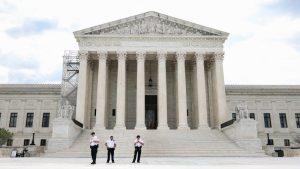Regenerative heart therapies are a potential solution for recovering lost function in damaged areas of the heart. However, current approaches have shown a high risk of arrhythmias following transplantation of cardiac muscle cells. A recent study conducted by researchers from Japan explored a novel method involving the injection of ‘cardiac spheroids,’ cultured from human stem cells, directly into damaged ventricles. This new approach showcased highly positive outcomes in primate models, highlighting its potential for heart regeneration.
Cardiovascular diseases remain a leading cause of death worldwide, with myocardial infarctions, or heart attacks, on the rise and claiming a significant number of lives annually. The inability of mammals to naturally regenerate cardiac muscle cells means that heart transplants are currently the primary clinical option for patients facing heart failure. However, due to the high costs and limited availability of donors, alternative therapies are in high demand within the medical community.
One promising strategy for regenerative heart therapy involves the use of human induced pluripotent stem cells (HiPSCs) to generate cardiomyocytes for transplantation. While this approach shows promise in recovering lost heart function, studies have reported an increased risk of arrhythmias, posing a challenge for further clinical development. The Japanese research team from Shinshu University and Keio University School of Medicine tested a new approach using cardiac spheroids derived from HiPSCs in monkeys with myocardial infarction, demonstrating positive results in a study published in the journal Circulation.
The researchers successfully reprogrammed HiPSCs into cardiomyocytes and extracted cardiac spheroids for injection into damaged hearts. They found that the injected cells expressed key proteins necessary for vascular integration into the heart muscle, indicating their potential for regeneration. The injected cardiac spheroids were shown to effectively improve left ventricular ejection in monkeys, enhancing their blood pumping capability without significant arrhythmias. Histological analysis confirmed the integration of cardiac grafts with existing tissue, supporting the potential of this approach for heart regeneration.
The successful transportation of cardiac spheroids over long distances without the need for extreme cryogenic measures highlights the feasibility and cost-effectiveness of this approach for clinical applications in humans. The positive results obtained in primate models have paved the way for the LAPiS trial, which aims to test the efficacy of cardiac spheroids in patients with ischemic cardiomyopathy. This groundbreaking research offers hope for expanded and effective treatment options for individuals suffering from heart problems, potentially revolutionizing regenerative heart therapies.





